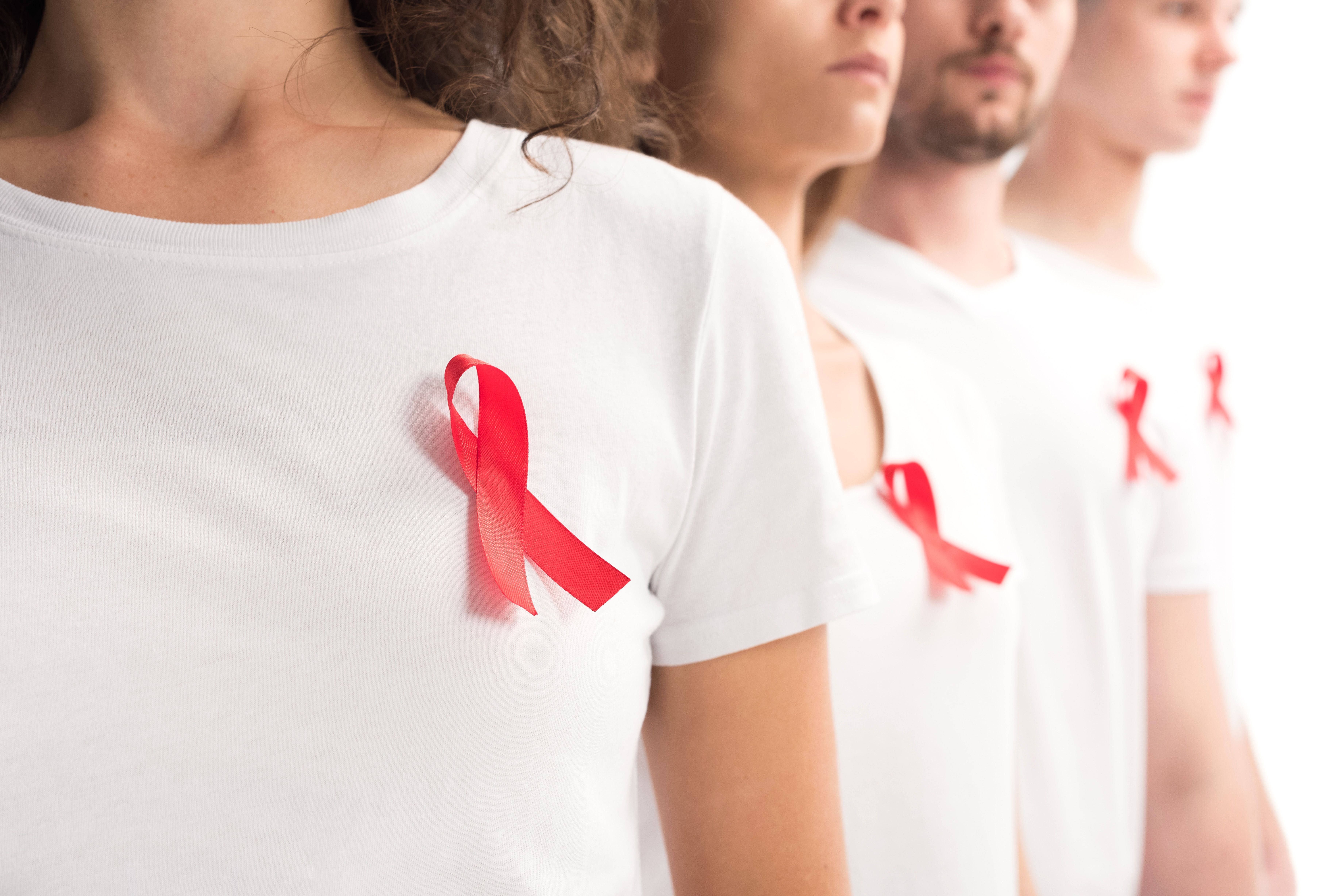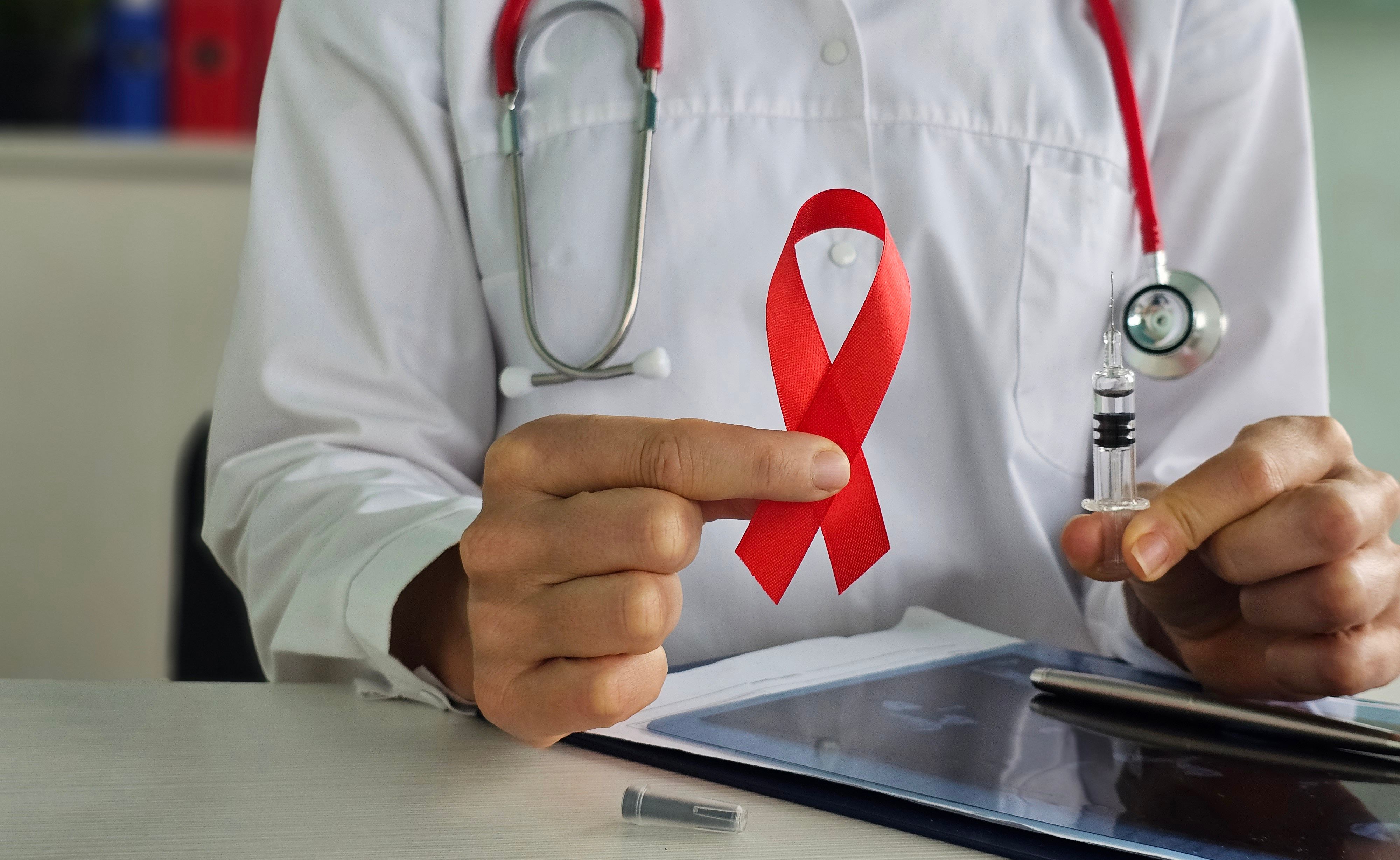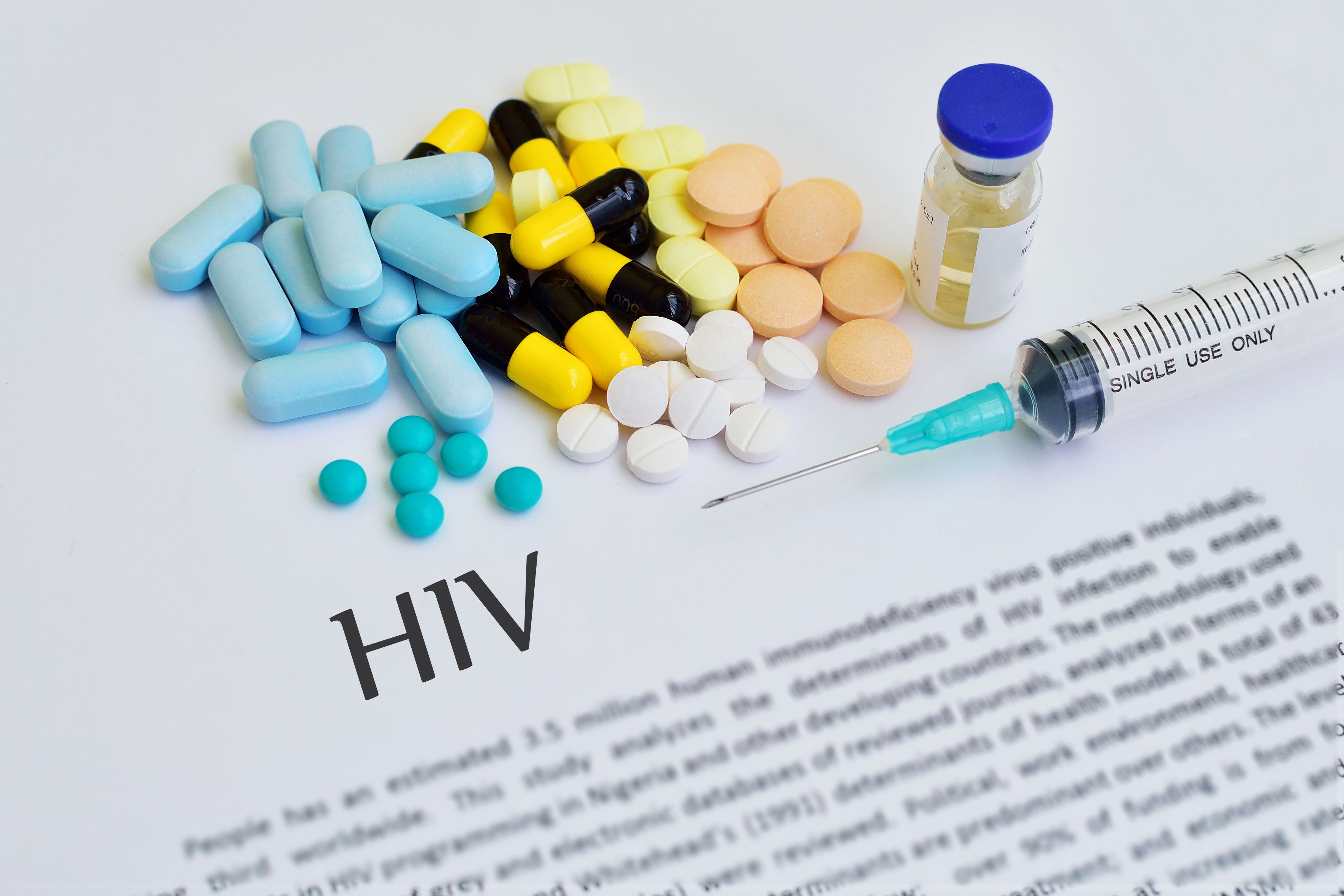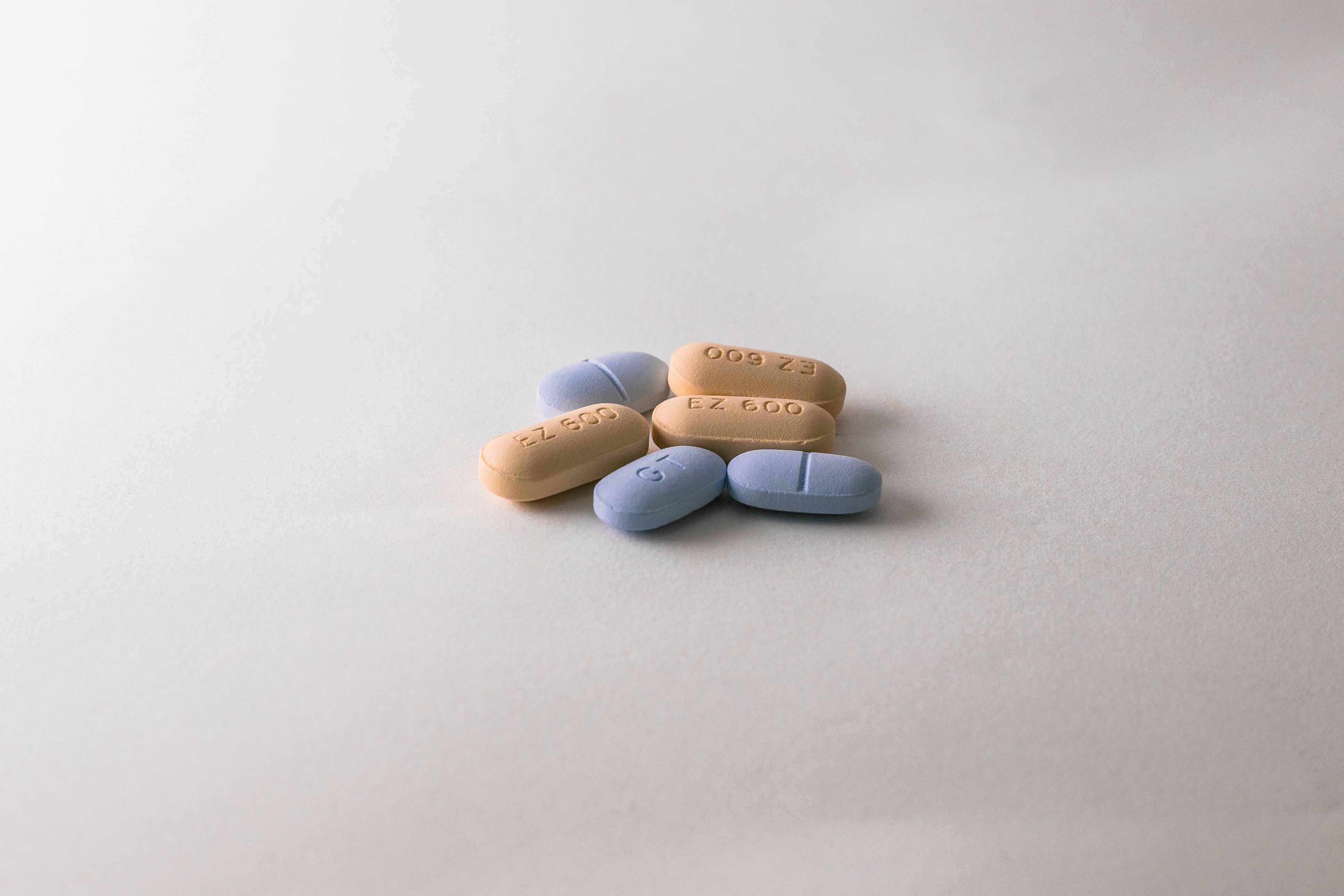News
Article
COVID-19 Vaccination Uptake Associated With HIV Viral Suppression in People Who Inject Drugs
Author(s):
People who inject drugs tended to have quicker COVID-19 vaccination uptake if they had HIV infection and viral suppression.
HIV care engagement was likely a cause of quicker COVID-19 vaccination uptake in people who inject drugs who also had HIV and had achieved viral suppression, according to a study published in Preventive Medicine Reports. Vaccine uptake could be further helped with targeted improvements in HIV care, the authors noted.
The vaccines against COVID-19 have been proven safe and effective for people living with HIV (PWH), a population that benefits from the vaccine due to their vulnerability. HIV has previously been associated with higher risks of COVID-19 infection, severe outcomes, and risk of death. Using injection drugs is associated with an increased number of comorbidities, contributing to these individuals’ higher odds of mortality and intensive care unit (ICU) admission for COVID-19 when using opioids. This study aimed to find differences in vaccine uptake for COVID-19 by HIV status and viral load in people who use injectable drugs.
The researchers used the ALIVE Study to gather a population for this study. Participants who were alive as of April 6, 2021, were included. The ALIVE study collected data on adults 18 years and older who lived in or near Baltimore, Maryland, and who had a history of using injection drugs. Characteristics, substance use behaviors, and health status were all collected biannually from participants. Viral load was assessed through blood samples. Vaccination status data for COVID-19 were collected from the Chesapeake Regional Information Systems for our Patients health information exchange, which collects data from throughout the region. Sociodemographic, substance use, and health status self-reported data were also included.
Healthcare cure concept with a hand in blue medical gloves holding Coronavirus, Covid 19 virus, vaccine vial | Image credit: Leigh Prather - stock.adobe.com
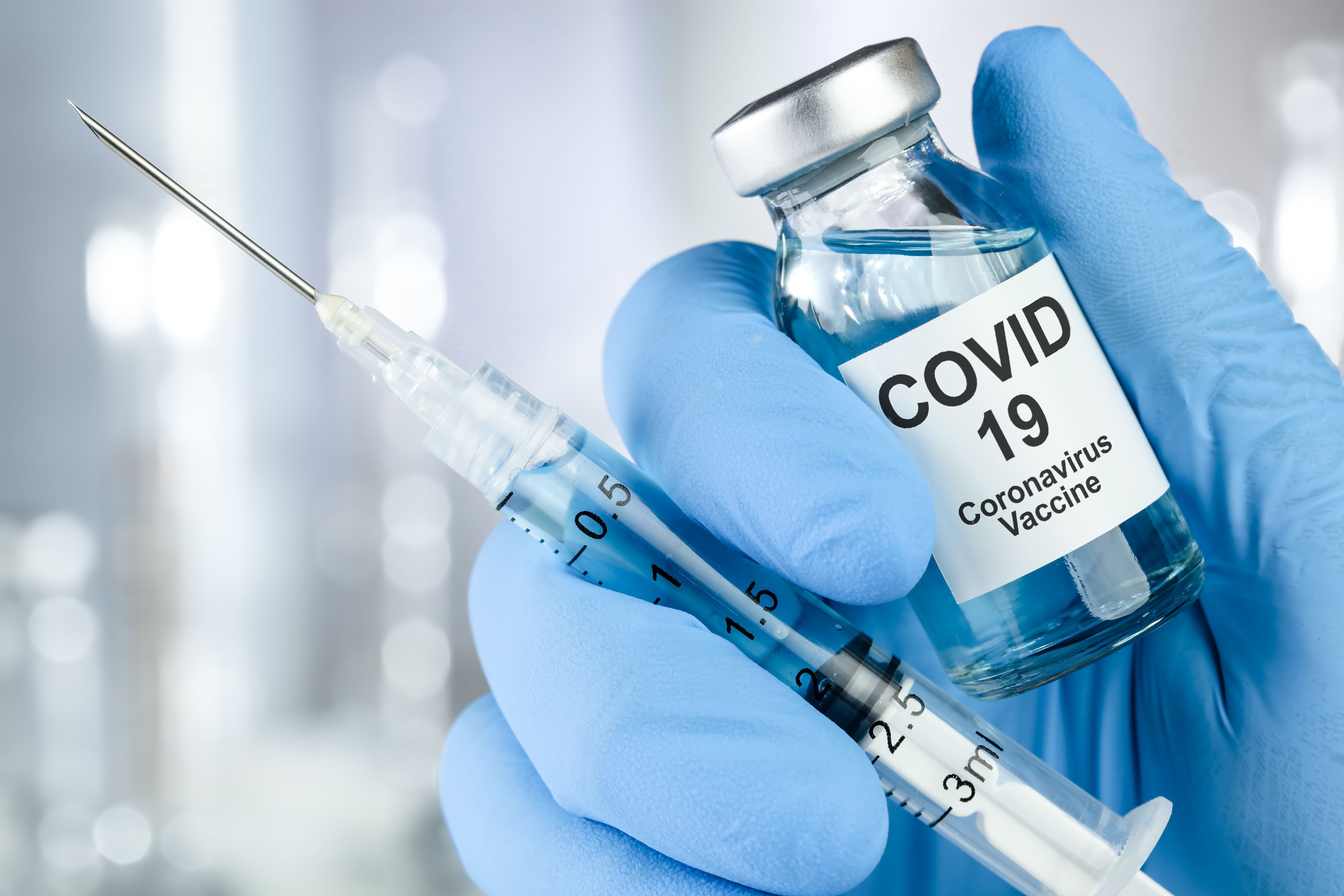
There were 960 participants included in the study, with most participants identifying as Black (78%) and male (67%); 74% were 50 years or older. In this overall sample, 70% were vaccinated with at least 1 dose of the COVID019 vaccine. Among the 317 PWH (28%), 85% had a viral load of less than 400 copies/μL.
Median time to completion of the primary series of the vaccine was 24.3 weeks (95% CI, 19.9-28.9). The median time to vaccination was faster in PWH who were virally suppressed (12.4 weeks; 95% CI, 9.4-18.4) compared with participants who did not have HIV (28.3 weeks; 95% CI, 23.9-40.4). However, PWH with detectable viral loads were slower to vaccination (median time undefined because <50% completed the primary series). The primary series was completed fastest in those 65 years and older (8.1 weeks; 95% CI, 5.0-20.9) compared with those younger than 50 years (undefined) or aged 50 to 64 years (15.6 weeks; 95% CI, 13.1-20.6); participants were also faster to get vaccinated if they were Black, were male, or had a previous chronic lung disease. Participants who had a lower income or were homeless were slower to the uptake of the vaccine.
Participants who reported recent injection drug use were slow to completion of the primary series. Participants who reported noninjection stimulant use and were smoking 1 pack or more a day of cigarettes also reported slower completion of primary series.
In unadjusted models, participants who were virally suppressed PWH had a higher likelihood of completing the COVID-19 vaccine series than those without HIV (HR, 1.43; 95% CI, 1.18-1.73). In an adjusted model, PWH who had an undetectable viral load were also more likely to complete their primary series (adjusted HR, 1.23; 95% CI, 1.07-1.50). PWH who had higher viral loads were found to be less likely to complete the primary series (adjusted HR, 0.72; 95% CI, 0.45-1.16) than those without HIV, although this result was not statistically significant.
There were some limitations to this study. Using the start date of phase 3 general eligibility for the vaccine rather than the first day of phase 1A select eligibility could have excluded participants who were vaccinated prior to the index date. There were not enough data on employment to draw any conclusions on its association with vaccine eligibility. This study could not account for changes in variables occurring during follow-up.
The researchers found that there was a significant relationship between HIV viral suppression in people using injectable drugs and increasing uptake of the COVID-19 vaccine.
“While additional research is warranted in the context of HIV, injection drug use, and COVID-19 prevention, our findings support interventions targeting both sociostructural barriers to care as well as interventions to improve the HIV care continuum for the added value of health care engagement and COVID-19 vaccine uptake,” the authors concluded.
Research
Baker P, Cepeda JA, Schluth C, et al. Time-to-completion of COVID-19 vaccination primary series varies by viral load status among people who inject drugs in Baltimore, Maryland. Prev Med Rep. Published online September 28, 2023. doi:10.1016/j.pmedr.2023.102448
2 Commerce Drive
Suite 100
Cranbury, NJ 08512
© 2025 MJH Life Sciences® and AJMC®.
All rights reserved.
